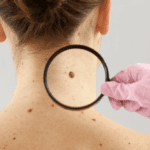 Our World
Our World  Our World
Our World  Pop Culture
Pop Culture 10 Incredible Female Comic Book Artists
 Crime
Crime 10 Terrifying Serial Killers from Centuries Ago
 Technology
Technology 10 Hilariously Over-Engineered Solutions to Simple Problems
 Miscellaneous
Miscellaneous 10 Ironic News Stories Straight out of an Alanis Morissette Song
 Politics
Politics 10 Lesser-Known Far-Right Groups of the 21st Century
 History
History Ten Revealing Facts about Daily Domestic Life in the Old West
 Weird Stuff
Weird Stuff 10 Everyday Products Surprisingly Made by Inmates
 Movies and TV
Movies and TV 10 Actors Dragged out of Retirement for One Key Role
 Creepy
Creepy 10 Lesser-Known Shapeshifter Legends from Around the World
 Our World
Our World 10 Science Facts That Will Change How You Look at the World
 Pop Culture
Pop Culture 10 Incredible Female Comic Book Artists
 Crime
Crime 10 Terrifying Serial Killers from Centuries Ago
Who's Behind Listverse?

Jamie Frater
Head Editor
Jamie founded Listverse due to an insatiable desire to share fascinating, obscure, and bizarre facts. He has been a guest speaker on numerous national radio and television stations and is a five time published author.
More About Us Technology
Technology 10 Hilariously Over-Engineered Solutions to Simple Problems
 Miscellaneous
Miscellaneous 10 Ironic News Stories Straight out of an Alanis Morissette Song
 Politics
Politics 10 Lesser-Known Far-Right Groups of the 21st Century
 History
History Ten Revealing Facts about Daily Domestic Life in the Old West
 Weird Stuff
Weird Stuff 10 Everyday Products Surprisingly Made by Inmates
 Movies and TV
Movies and TV 10 Actors Dragged out of Retirement for One Key Role
 Creepy
Creepy 10 Lesser-Known Shapeshifter Legends from Around the World
10 Things Your Microbes Can Say About You
Ever since humans discovered the existence of germs, we’ve done our best to minimize or destroy them in our homes and bodies. The market for antimicrobial coating products is already massive and is estimated to reach a total value of $4.19 billion by 2021. By far, the medical field demands the largest share of antimicrobials, but a close second is the indoor air and HVAC industry that services private and public spaces alike.
Even so, the average home has thousands of species of microbes that can reveal surprising things about that home’s inhabitants. Researchers from the University of Colorado at Boulder once tested dust collected from 1,200 homes across the United States and sequenced the DNA to create a database of bacteria and fungi.[1] The swabs were accompanied by questionnaires that allowed researchers to verify their findings. The results yielded an absolute treasure trove of information and may lead to new developments in microbial research and even forensic science.
10 You’ve Been To Space
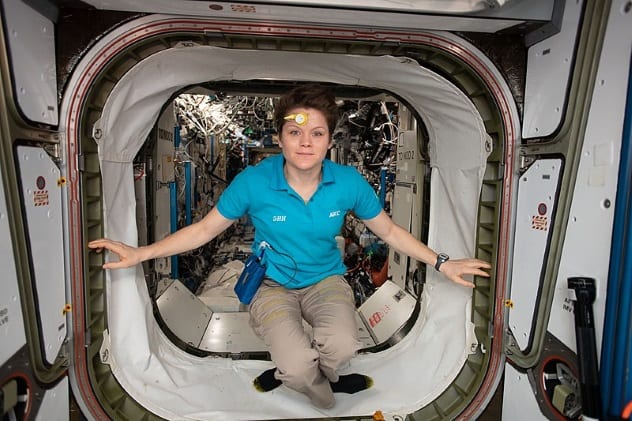
Under a microscope, it’s easy to tell if you’ve just returned from the International Space Station (ISS). The J. Craig Venter Institute has been studying the ISS, with some special attention paid to its smallest inhabitants: microbes. Everything inside the ISS is as close to sterile as an environment can be. Air is filtered, surfaces discourage bacterial growth, and the water is filtered with iodine and biocidal nano-silver capsules. The only source of microbes are the astronauts themselves.
Hernan Lorenzi’s team is studying the microbiomes of astronauts on behalf of the institute. Their findings have shown impaired immunity as a result of lower diversity in the astronauts’ microflora.[2] When that diversity is lost, the immune system goes dormant. It essentially closes up shop until new microbes, harmful or benign, enter the system. Scientists are concerned over how this might impact astronauts as they come back down to Earth and when they eventually touch down on a distant planet like Mars.
9 City Or Country
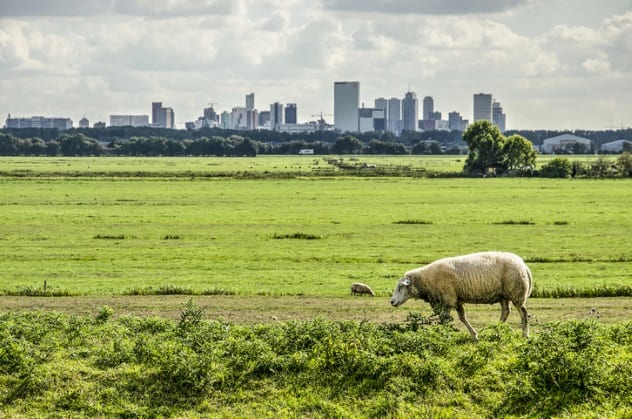
Just like astronauts in a sterile pod lack diversity in their microbiomes, people in cities have less diversity than those in rural areas.[3] A 2018 study compared the microbiomes of two distinct populations, one urban and one rural, within the same region of Nigeria. Previous studies had compared American microflora to that of hunter-gatherer tribes, which proved difficult due to the extreme geographic differences. The new study showed that people who live in cities and eat a “western-style diet” have far less diverse gut flora.
The nearby rural population was not only more diverse, but that diversity was present from an early age. Children in the city tended to only achieve peak diversity around age three, while country tots had reached this point only a few months after birth. Microbiome diversity was shown to be tied to better health overall. Researchers think that a few factors might be responsible for the difference. People in the rural area rarely ate processed foods or drank filtered water, and infants were far more likely to be breastfed. Antibiotics, which can wipe out good gut flora while fighting pathogens, were also taken far less often in the rural town.
8 Where You Live
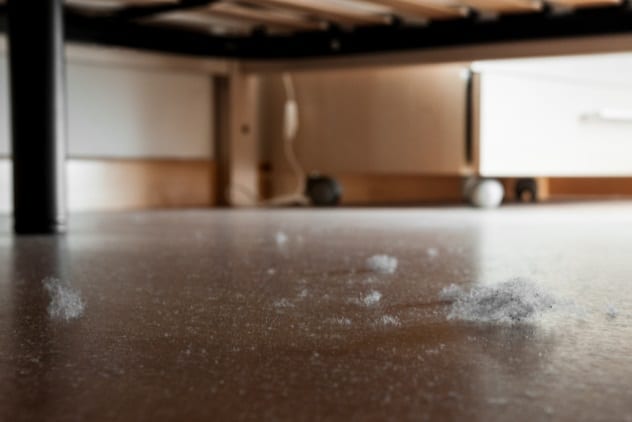
The key to our health might be in bacteria, but the key to tracing items seems to lie in the microscopic fungi that share our homes. By far, the best indicator of what fungi can be found in a building is the location. They blow in on a breeze whenever a window or door opens or catch a ride on our clothes and then set up shop wherever they can feed on decaying matter. The dark, dusty corners of our homes make for great fungi settlements.
A 2011 study by University of Colorado researchers Rob Dunn and Noah Fierer found that homes in the eastern United States had markedly different fungi than those in the western states. Subsequent research over the next four years showed that fungi could trace locations far more effectively than even that. By testing fungal DNA, a dust sample’s origin can be traced to within a 240-kilometer (150 mi) radius.[4] With further research, the scientists hope to improve the field of forensic mycology with this information.
7 Where You’ve Been
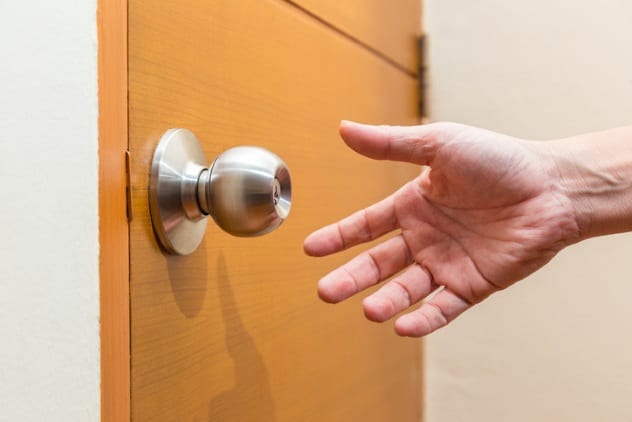
Speaking of forensic applications, the microbes left behind on items can tell experts more than a fingerprint or DNA ever could.[5] A database of individual microbial profiles could easily be checked against swabs to determine who has touched something like a doorknob, similar to how DNA analysis currently works. However, microbes decay over time. This means that the microbes left behind can tell not only who was there but when.
Even without a database to compare individuals, leftover microbes can give hints about the person who left them. Office workers, for example, will have notably different microbes on their skin than farmers. A close examination can reveal information about occupation, dwelling, location, and sex. Each profile is extremely unique to the individual it came from, and scientists are working at untangling all the different personal details that microbes can reveal.
6 You Don’t Get Out Much

The microbes on our skin will one day show experts where we’ve been, but the microbes inside us can already indicate where we haven’t been. For whatever reason, many people are spending less and less time outdoors, and it shows in their guts. Staying indoors is a lot like living on a space station in this case. The air is recycled, and the microbial environment is almost entirely homemade. We still get some foreign microbes when we come and go and on the food we bring inside, but it’s still hard to get a rich variety of gut flora without playing in the dirt sometimes.
The hygiene hypothesis suggests that society has changed in such a way as to prevent children from being exposed to the bacteria that trigger the development of their immune systems.[6] Being exposed to these bacteria early on has been reported to help reduce allergies and other illnesses. But even adults seem to be able to turn their gut health around through exposure to the great outdoors. Through activities like gardening, we can diversify our microbial environments.
While scientists don’t come right out and encourage patients to eat dirt, at least one experiment has shown that dirt microbes can have antidepressant properties when injected. In 2004, Mary O’Brien, an oncologist at the Royal Marsden Hospital in London, conducted an experiment in which cancer patients were injected with Mycobacterium vaccae, a harmless bacteria found commonly in soil. Although it did not provide the immune boost that she had hoped for, it did have a positive effect. Patients reported being happier as well as having more vitality and better cognitive function.
5 You Have Pets

If you want to boost the diversity of your gut flora and flood your home with new and interesting microbes, get a dog. The impact of man’s best friend was so intense that researchers could tell if subjects have a dog on microbes alone with 99-percent accuracy.[7] Even outside of microbes, researchers could tell there was a dog by inspecting the bugs in a home’s dust with 92-percent accuracy. The same effect on the home’s environment can indicate the presence of a cat but with less accuracy. It’s theorized that this is because cats do not tend to go outside quite as much as dogs do.
For many, this makes keeping dogs seem dauntingly unsanitary. However, the children of urban families with dogs have been shown to be less prone to allergies and asthma. Those with cats, which generally don’t leave the home much, and those in rural communities, where the humans leave the house often, had far less drastic improvement. This has led researchers to conclude that it is the small amounts of dirt that come back inside with the dogs that cause this improvement. Another factor may be the actual transfer of microbes from one gut to another through various gross activities like dog kisses and paw handshakes. Some children who live with dogs have dog gut microbes take up permanent residence inside them.
4 What You Eat

It has been assumed that the bacteria in our guts were once in our mouths, but recent research has started to put that to the test.[8] The intriguing part is that it has much less to do with the categorical diets we like to identify with and much more to do with the variety of food and its level of processing. In 2014, researchers studied the microbes present in three different diet types. The first was affectionately titled the “American diet,” which was made up of fast food and freezer meals. The second was the USDA-recommended diet, which had a variety of lean proteins, fruits, vegetables, dairy, and whole grains. The final diet tested was a vegan diet, which eliminated all animal products.
All other nutrients notwithstanding, University of California scientists tested the diets for their microbial content. The USDA-recommended diet far outstripped the other two, with a whopping 1.3 billion microbes consumed per day. The vegan diet trailed at a distant second with only 6 million microbes, and the American diet came in last with a pitiful 1.4 million. However, these diets are far more stringently designed than the average human diet. Researcher Rob Knight from the American Gut Project warns that a vegan who eats mostly fries won’t see the same microbial diversity as one who eats mostly kale. When observed under a microscope, the microbes will show which vegan is which.
3 Who You Live With

The battle of the sexes has long raged in the bathroom, but it hasn’t always been about the difference between fecal and vaginal bacteria.[9] Usually, it’s about picking up towels and putting the toilet seat back down. But the University of Colorado has found another interesting difference in the microbe-rich dust from our homes, and it very much does have to do with bacteria. The difference is in the amount of Lactobacillus, a major component in the microbiome of the vagina. In homes where women outnumber men, this bacteria thrives. Lactobacillus is a probiotic that chokes out other, more pathenogenic bacteria. It’s also responsible for some beers and yogurts, which is why a large amount of it can give a home a light sour smell.
In contrast, a home with an equal split or more men will have robust colonies of Corynebacterium, Dermabacter, and Roseburia. The first two live on skin, while the third lives in the human gut. Corynebacterium in particular occupies the armpits and creates body odor. Researcher Rob Dunn doesn’t pull any punches when he admits that it would be fair to say men’s homes smell more like armpit. But men aren’t the only ones with smelly bacteria. Women carry these skin and fecal bacteria as well, just not in the same large quantities. Women are also generally smaller than men and shed less skin, possibly due to a difference in hygiene or moisturizing practices.
2 Who You Touch

The balance of the sexes isn’t usually the most salacious tidbit of information in a home. But intimate encounters can be huge secrets, and we should probably all be glad that our microbes can’t talk. While roommates share far more microbes than friends who don’t live together, couples are microbially similar on another level. All it takes is a ten-second intimate kiss to share 80 million bacteria.[10] If a couple kisses up to nine times a day, they’ll drastically change their oral bacteria colonies. That’s all it takes.
The microbes on your skin are also changed by who you choose to share your bed with. Research found that lovers share the most microbes on the feet, torso, navel, and eyelids. It’s theorized that these areas pick up bacteria when you share the same bed for more than a few hours. Oddly, the thighs don’t exchange a lot of microbes, but it’s common knowledge that people share a lot of microbes and viruses internally during sex. Those microbes tend to get lumped in with STIs. That isn’t inaccurate, but at least one STI has proven to be beneficial. GB virus C (GBV-C) reduces the severity of HIV and boosts survival rates for those infected with both. Scientists have started to theorize that beneficial STIs may have contributed to the evolution of promiscuity in humans. So, if microbes ever do start to make our infidelities public, at least they’ll give us a good excuse, too.
1 You Clean Too Much
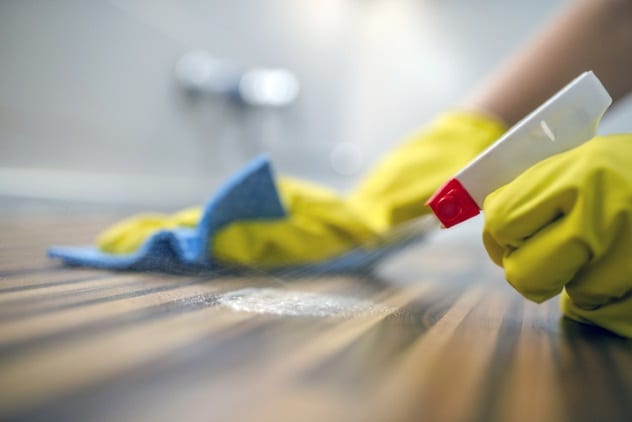
Many are repulsed by the idea of microbes crawling on every surface, hiding out in dusty corners, and worming their way onto and into our bodies. The common solution for this is to grab the bleach wipes and start scrubbing everything. But, as we’ve learned from our rural friends, this isn’t as good an idea as we once thought. Aside from the reality that an overly clean environment slows the immune system, there’s the possibility that we’re creating strains of antimicrobial-resistant infections. Often referred to as superbugs, these diseases have medical researchers worldwide scrambling for solutions to illnesses that were once treatable.
Jokes about the 0.01 percent left behind by antimicrobial soaps may have some truth to them. When you destroy the majority of a microbiome, what is left tends to be pretty nasty. Mary Ruebush, microbiologist and instructor at Becker Professional Education School, warns that this is even more true of our own skin.[11] Keeping pathogens at bay is often a tug-of-war between them and the helpful microbes on your body. Washing too much can cause a breakdown in the natural force field that protects us from harmful bacteria and fungi. Ruebush is very quick to say that we do need to wash, but we should focus on smelly areas and maybe give the rest a break once in a while.
Renee is an Atlanta-based graphic designer who also enjoys writing.
Read more about the interaction of humans and microbes on 10 Fascinating Facts About The Bugs Living In Your Guts and 10 Ways Parasites, Viruses, And Bacteria Have Helped Human Beings.


